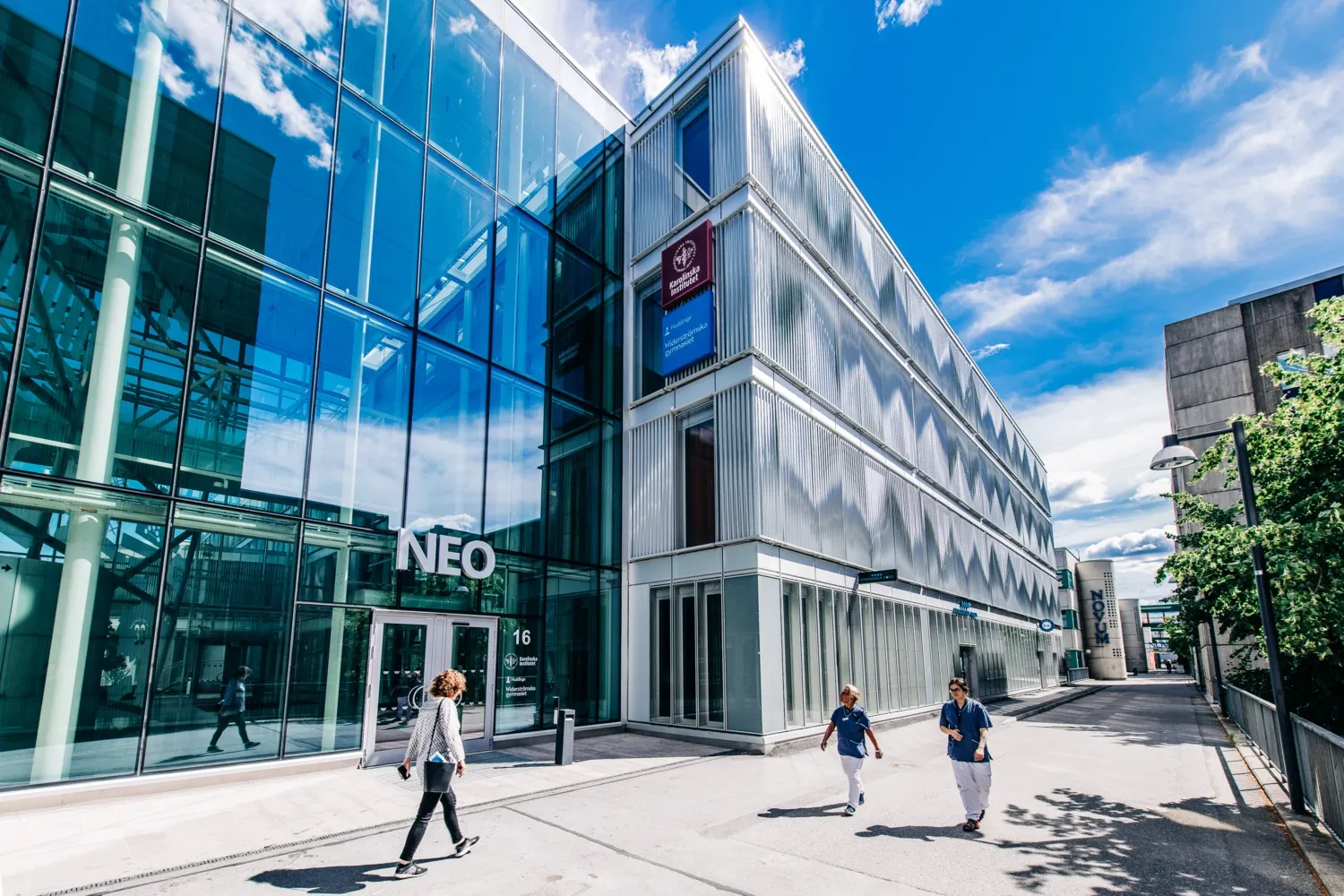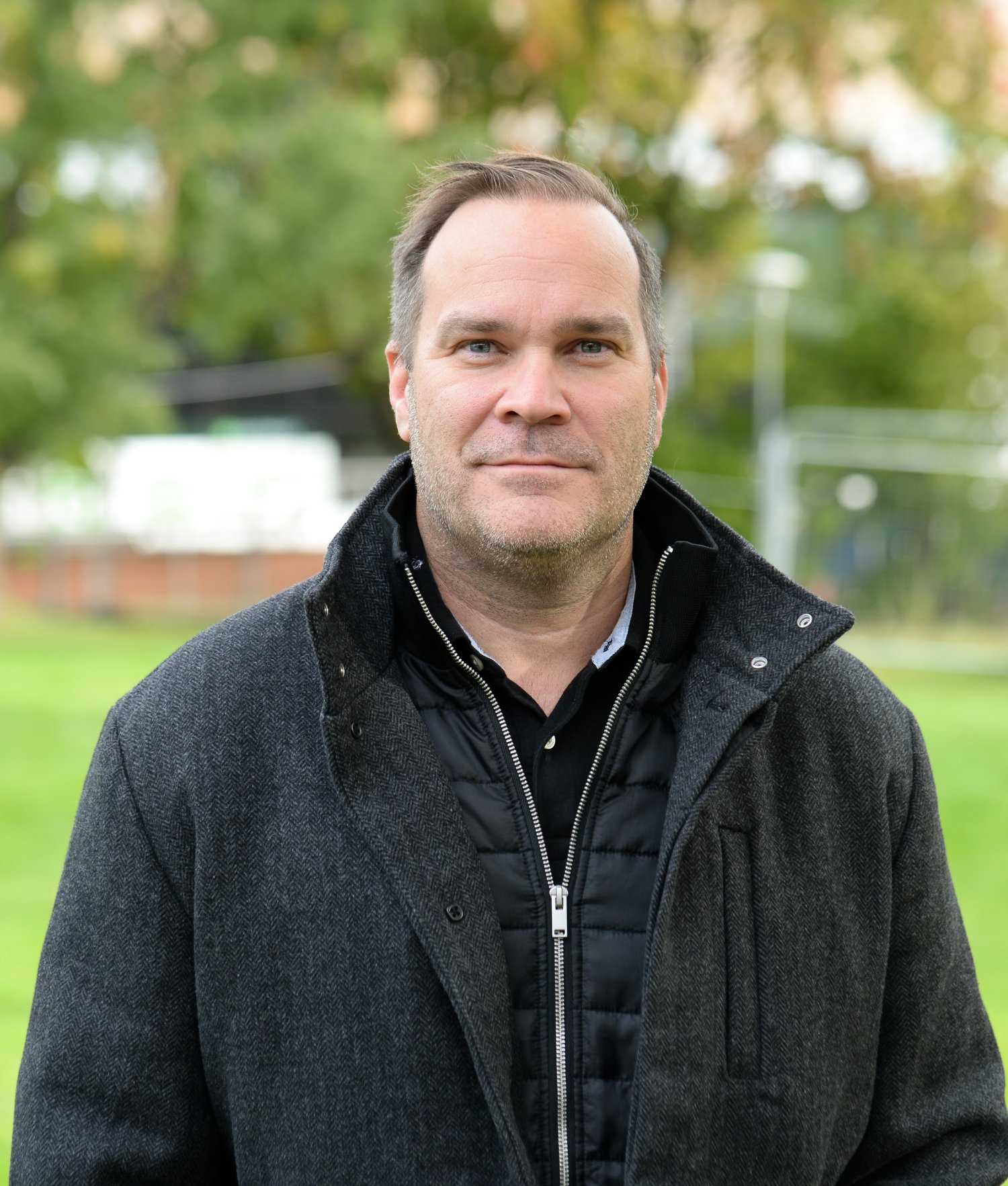Several causes of the freezer failure according to internal report

On 12 April, the internal investigation into the freezer failure during the Christmas holidays in 2023 was presented in the Neo building at Karolinska Institutet. The investigation has been led by KI's head of security and it points to clear technical as well as organisational shortcomings. Taken together, a chain of these shortcomings caused the breakdown that led to the destruction of research material and the loss of years of research work. The inquiry recommends a number of measures.

"The university management will now carefully study the inquiry's report and analyse what measures will be required. We can already conclude that KI needs to take a more comprehensive and central approach to business-critical facilities and infrastructure related to our research," says KI's president Annika Östman Wernerson. "It is about mandates, division of responsibilities, resources and organisation. We see shortcomings in all these areas for a long time, and the reason why things could go this badly is because a chain of these shortcomings coincided."
Temperature rose in 16 cryo tanks
It was on the evening of December 22 that the level of liquid nitrogen in the cryo tanks of the Neo was to be routinely refilled from an external bulk tank. The cryogenic tanks stored large amounts of biological research material that had been collected over decades.
The automated filling of nitrogen keeps the temperature of -190 °C in the 19 isothermal tanks: the cryo tanks. However, on this occasion, the flow from the outer tank did not work and over the next few days the temperature rose in 16 cryo tanks.
The failure was discovered on 27 December, by which time a significant part of the contents of the freezers had been destroyed. On 28 December, troubleshooting and preparations for an accident investigation team began.
Report with three main parts
The investigation report has three main parts: a technical investigation, an organisational investigation and recommended measures.
The investigation is based on a large number of interviews with employees and management at Neo and KI Syd. Subcontractors have also been interviewed.
In addition to the interviews, technical logs, available agreements and other documentation have been included in the investigation material. There has also been a technical investigation that forms the basis of the technical analysis.

"Those of us who have participated in the investigation have done everything we can to find out what happened. The challenge has been that documentation has not been available in all parts, or that existing documentation has not been registered," says Magnus Håkansson, KI’s head of security.
Technology: Closed valve after filling
The technical part of the investigation shows that the supply of liquid nitrogen to the cryo tanks was stopped when a valve on the bulk tank was closed on the morning of 22 December in connection with a service work carried out by an external technician.
When the service work was completed, the technician announced that the alarm would be reset, but this did not happen and the valve therefore remained closed, with the result that the supply of nitrogen was stopped.
The investigation shows that SMS and emails with information about alarms were sent out to the phone numbers and email addresses registered for this. However, there is no documentation that can confirm that SMS has actually been delivered to the recipients.
Members of the Neo service team have confirmed that they have received SMS about alarms. However, as service work was underway, no action was taken.
The investigation rules out the possibility that the accident was an act of sabotage.
Organisation: Unclear responsibilities
The investigation's examination of the organisational causes shows that some parts of the accident can be traced back almost nine years. At that time, the design of the Neo building began with a KI-internal project manager.
The investigators point out that there is a process for documentation and registration of construction projects at KI's property department. But for the Neo project, for unknown reasons, that routine has been departed from.
Nor are there any notes from the meetings that were held during the design period with the relevant heads of department and operations, when functional requirements and needs regarding the premises were discussed.
The investigators conclude that there is a lack of important documentation in connection with the property department's handover of the Neo building to the operations in 2018. Among other things, about risks related to nitrogen routines and in the event of non-delivery of nitrogen.
Questions about day-to-day management
The report raises a number of questions about the day-to-day management of the freezer hotel at Neo. The term "hotel" implies that each research group has had its own responsibility for both the installation of cryo-freezers and the administration of alarm points.

"In retrospect, it is clear that the forms of operation and management of the freezer hotel were based on trust between the parties and that probably too much responsibility has been placed on the research groups. Something that in the other facilities has been more on the larger service teams," says Matti Sällberg, dean of KI South. "Unfortunately, over time, this has resulted in a lack of clarity where one hand does not know or has asked about what the other is doing. It is undoubtedly extremely unfortunate, even though the intentions of everyone involved have always been the very best."
The sample collections that have been destroyed are estimated to consist of 34,400 biobank samples, 3,800 samples from animal models, 2,600 samples from cell lines and 6,300 samples with manipulated/edited cell lines.
Measures: Need for designated system owners
The investigation team concludes that the accident did not occur due to a single event or source of error, but a combination of several.
The report presents a number of recommended measures, primarily about creating a robust freezing infrastructure at KI with a clear division of responsibilities to avoid serious consequences of individual wrongdoing.
For example, it must be clear who is responsible for ensuring that staff handling the freezers receive adequate training, and who is responsible for regular maintenance, risk analysis and continuity planning.
The report also recommends a more central and common way of working for robust operations. Among other things, there should be a special round-the-clock on-call service for freezer hotels and other business-critical parts.
External review next step
Once the internal investigation has been completed, the external expert group will take over. It is led by Anna Beskow, head of Uppsala Biobank at Uppsala University, who will conduct an independent review.
The assignment includes further deepening the analysis of how KI secures robust structures for mission-critical systems. The investigators also have the opportunity to conduct supplementary interviews and investigations, if necessary.
KI's investigation will also be reviewed by the supervisory authority IVO, the police and the Legal, Financial and Administrative Services Agency (Kammarkollegiet).
"We can initiate certain measures in parallel with the external review of the freezing disaster, which it will not be until we in the management have studied the inquiry's report and analysed what measures will be required. What has happened is serious for KI and especially for the researchers affected. Therefore, the goal must be to ensure that similar incidents cannot happen again – neither in Neo nor anywhere at KI," says Annika Östman Wernerson.
When it comes to compensation and insurance issues, an inventory is underway of the costs associated with the freezer breakdown.
"It's something we need to look at first. So that issue is being reviewed and we will get back to you on it when the inventory is complete," says KI’s president.
Summary of the report
The supply of liquid nitrogen to the cryo freezers was interrupted on 22 December 2023 on account of the bulk tank valve being shut off. This happened because an oxygen-level alarm was triggered during a service operation.
The investigation into the malfunction has shown that it did not occur due to any single event or source of error, but was the result of multiple issues, such as organisational flaws including a lack of clarity in terms of job description, authorisation, communication and information sharing.
This mainly applies to procurement and the transfer of completed projects to the operational units and during technical maintenance. There are also shortcomings in assuring the necessary knowledge and skills for guaranteeing the function of critical systems.
Under the remit of this assignment, the investigation identifies areas of improvement and proposes measures that should be investigated further in order to minimise the risk of anything similar happening again.
The investigation recommends that the improvement work commences without delay and with clearly defined tasks and authorisations within the KI organisation.
Source: The investigation report.
